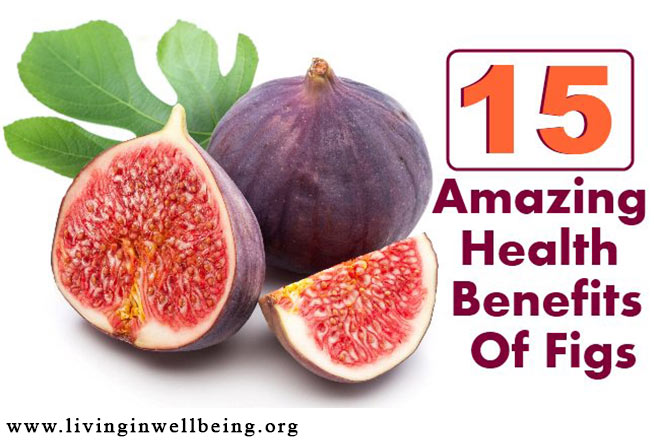
Sweet and delicious fig are one of the most popular fruits in the history of humankind and has been known as a fruit since time immemorial. Being rich in Phyto-nutrients, vitamins and antioxidants, it is beneficial to health. It is in the shape of a bell or appears and when we write its flesh is very juicy from inside. Dried figs are a better source of minerals and vitamins than ripe ones and have various health benefits. In botany, figs are a part of the Mulberry family.
Scientific name
The scientific name for a fig is Ficuscarica. The fig tree is suitable to be grown in the temperate regions of Turkey and Asia Minor. For commercial reasons it is also grown in Eastern Mediterranean climate like that of Spain and USA. The inside of a fig consists of club shaped ovaries which extend towards a hole that is at the center of the fruit. They get pollinated by gall wasps naturally.
Few general Health tips of figs
- Hundred grams of fig carries seventy four calories only, making fig a low calorie fruit.
- They are very beneficial to health because they contain minerals, antioxidants, pigments, vitamins etc.
- Dried ones are rich sources of minerals, antioxidants and vitamins as aforesaid.
- These phytochemical compounds help in removing the harmful oxygen-derived free radicals from our body and thus they protect us from a number of harmful diseases like cancers, diabetes, degenerative diseases and even infections.
- Various research suggests that a substance named chlorogenic acid is found in fig fruit which helps in lowering blood glucose level very much and its advised as a supplementary nutriential factor for controlling type 2 and type 1 diabetes
- If we are using the fruit dry or fresh all the vitamins and minerals are maintained in the fruit and its anti-diabatic activities are not at all lost.
- These vitamins are the co-factors of carbohydrates, proteins and fat metabolism.
Eating healthy is required for the body to work and function properly. Dried figs are rich in minerals like copper, magnesium, zinc, selenium, potassium, calcium, iron etc. A hundred grams of dried figs contain six hundred and eighty milligrams of potassium, two hundred and three milligrams of iron and one hundred and sixty two milligrams of calcium. Potassium is important for the making of cells and certain body fluids that help in controlling heart rate and blood pressure. Copper is required by the body for the production of red blood cells. Iron too is needed for the same reason as copper, but it's also required for cellular oxidation.
Storage and serving
The succulent and sweet fruit of the fig tree may be enjoyed naturally. There's no requirement of flavoring, but it can be done if needed. Fresh figs are usually served as salads for lunch or dinner. They can be added to ice creams and cakes as well. Dried figs give a finger licking taste of food when added to soup or stews. They also enrich farm products like poultry, venison, and lamb meat. Dried figs can be directly eaten by adding them to breakfast, and they're extremely healthy.
Safety profile
White latex is produced by the leaves of fig fruit as well as the unripe fig fruit. When this latex comes in contact with the body, it enters the skin and can create a kind of burning sensation. This latex has components like 5 methoxypsoralen as well as furocoumarins that can cause allergic reactions. They have to be treated or else it can lead to allergic eruptions. People who are extremely sensitive find fig fruit allergic. It can cause allergic reactions such as skin itching, vomiting, mucosa as well as diarrhea. Sensitive people should henceforth avoid eating figs.












